Tags
ALTR Created Diamonds, De Beers Group, Diamond Foundry, Diamonds, Lab-grown or Man-made Diamonds, Mined Diamonds, Sustainability, Sustainable Fashion, Sustainable Luxury, Tanishq Jewellery
Published: Mint Lounge, Saturday, December 1 edition
Created diamonds may lack the story and romance of mined ones, but they are sustainable
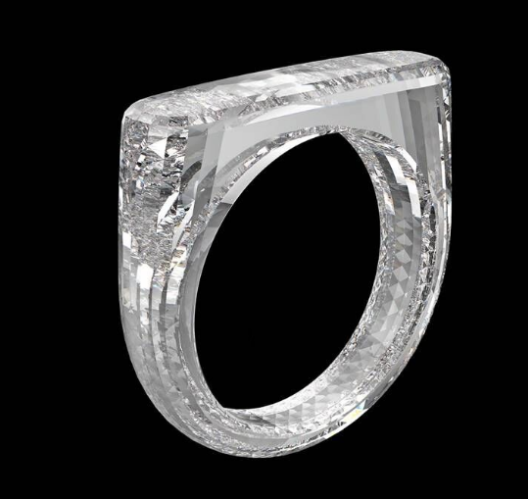 The (Red) Diamond by the Diamond Foundry
The (Red) Diamond by the Diamond Foundry
On 5 December, The (Red) Diamond, a man-made all-diamond ring with no metal, will be auctioned by Sotheby’s, expecting to raise between $150,000-250,000 (around ₹1-1.7 crore). While the solid sparkling block—which is expected to have an unprecedented 2,000-3,000 facets—has been created by the Diamond Foundry, a San Francisco-based start-up that counts actor Leonardo DiCaprio among its investors and is designed in part by Jony Ive, Apple’s chief design officer, it is the auction house which lends authenticity to the hitherto contested diamond form.
Retail man-made or lab-grown diamonds came into unprecedented focus in May, when the De Beers Group—the once-monopolistic diamond-exploration, mining, retail, trading and industrial manufacturing company—introduced the lab-grown diamond brand, Lightbox, in the market. In a path-breaking move for the tightly controlled industry, De Beers, the world’s largest miner, has begun selling “above-ground” diamonds at $800 a carat (mined diamonds can cost anywhere from $1,000-20,000 per carat).
The myth of rarity
Lightbox has positioned lab-grown diamonds to be a “not rare” counterpart to mined diamonds, suggesting on their website that these are a fun, accessible form of diamonds for “lighter moods and lighter moments”. “We’re prosecco, not Champagne; street-style, not red carpet; for friends, not fiancées,” said Sally Morrison, chief marketing officer for Lightbox, as reported by Luxury Society, at the jewellery industry’s leading annual trade event JCK Las Vegas in July. David Johnson, head of strategic communications for the De Beers group, emphasizes, “Lightbox will only be a relatively small business for De Beers Group, running adjacent to our core business in natural diamonds.” And yet, their press release earlier this year stated that De Beers had enabled the construction of a $94 million facility in Oregon, USA, which, when fully functional, will produce upwards of 500,000 rough carats of lab-grown diamonds a year.
De Beers, which pioneered the concept “real is rare”, has had the technology to make lab-created diamonds for three decades with their industrial manufacturing company Element Six. In fact, diamonds were first artificially created in the 1950s for industrial use by companies like General Electric. They have only recently become viable, through technology, to be used in fine jewellery. So what are lab-grown, man-made, created, cultured or above-ground diamonds? Intrinsically, they are exactly the same as a mined diamond. They are not fake—there is no chemical, visual or structural difference and they are both composed of incredibly pure crystal carbon as a single crystal. Depending on colour and size, it can take one-three months to create a lab-grown diamond, by simulating the conditions that it would take for a diamond to be formed naturally in earth. In fact, the July Federal Trade Commission (FTC) ruling, which dropped the word “natural” from the definition of a diamond, makes it impossible for them to be called anything other than a diamond anymore.
But they are not to be confused with substances like cubic zirconia, moissanite and Swarovski crystals, that are similar in appearance but differ completely in composition.
While mined and created diamonds are exactly the same, most consumers tend to believe what De Beers has conditioned us to consider—the rarity of a mined diamond, which is purely perception. A February 1982 article in The Atlantic, “Have you ever tried to sell a diamond?”, exposed the cartel-like control that De Beers has over demand and supply. With the heavy decline in diamond purchases in the early 20th century, De Beers, according to the article, devised a multi-fold global plan to increase demand via a carefully constructed perception of rarity (by controlling the supply), an illusion of price stability (by setting global standards) along with perpetuating the desirability of diamonds. In the 1940s, a well-orchestrated diamond advertising campaign—the iconic “A Diamond Is Forever”—literally saved the floundering diamond industry and popularized the sentiment that diamonds, with their assumed rarity and brilliance, are the true markers of romance.
With the influx of sparkling above-ground diamonds—which can be found mixed with and sold as mined diamonds—retailers in the US provide official, certified options of both diamonds to consumers. Will jewellers in other countries follow suit? Johnson insists, “Forevermark, a premium natural diamond brand, does not sell laboratory-grown diamond products, and will not do so in the future.” Large local retailers like Tanishq do not anticipate the market primed for change either. “I do not see man-made diamonds replacing mined diamonds,” says Sandeep Kulhalli, senior vice-president retail and marketing jewellery division, Tanishq. “They lack the story and romance, the mystery and rarity of diamonds that the industry has collectively and painstakingly built over 100 years.”
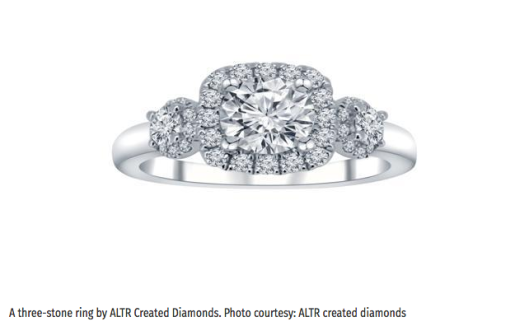
Creating awareness
What may tip the scale in favour of man-made diamonds is that they are at least 30% cheaper—with further lower prices in the wholesale market. ALTR Created Diamonds, headed by the India-born-New-York-based Amish Shah, has been producing created diamond jewellery for US retailers—like the Warren Buffett-owned Borsheims and Helzberg. As they only grow type-II A diamonds (which are akin to the best-quality diamonds made of pure carbon, like the Kohinoor diamond), the gems boast an unparalleled sparkle. Moreover, with the size upgrade made possible by the pricing, they are finding favour in the international bridal (solitaire ring) market.
Companies like ALTR are betting on the “bigger and better” game. Shah believes that affordability of created diamonds is the main reason behind his retailers’ growing sales figures. He says, “The perception of the consumer has been built by years of exposure to mined diamonds. A created diamond is everything a diamond can be, but better.”
There’s also a question about sustainability. While mined-diamond companies argue about the fossil fuel consumption in producing above-ground diamonds, Diamond Foundry is a certified carbon neutral company, and Shah states that ALTR uses wind turbine energy and has provided jobs to more people as a result of the high demand. Mined diamonds may have withstood the stigma of unsustainable mining over decades, but consumers may no longer want to turn a blind eye to the potential risks of mined diamonds if there are other alternatives.
Shah is confident that consumer perception will change with awareness, particularly when they come in contact with a certified-created diamond, whereupon the illusion of difference vanishes. Kulhalli disagrees. “Consumers may set demand intensity, but retailers and manufacturers drive the supply and trends for precious jewellery with design-led offerings,” he says. “Change can only happen when large retailers take the gamble. Which retailer has the appetite to risk his current, thriving business to offer this option?”
Yet change may be around the corner as ALTR, which makes its diamonds in India, is geared up to enter the local market next year with its creations. Perhaps it will set the stage for thinking about luxury and investment as parallel paths. If you may not, in the future, be able to sell your diamonds at a profit, perhaps your version of the Kohinoor may be a better one to hold on to.
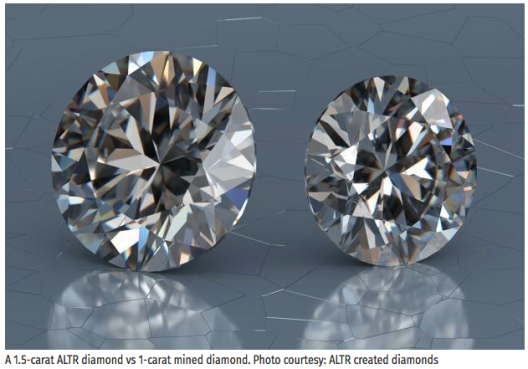
How can you make a diamond?
HPHT (high pressure, high temperature): By subjecting a genuine diamond “seed” to extreme pressure and temperature, simulating the organic process and conditions in which they are created below the earth’s surface.
CVD (chemical vapour deposition): Similar to 3D-printing, where carbon is layered on top of a genuine diamond “seed” in a vacuum chamber. This is a popular form of diamond creation for colourless diamonds, and can consistently produce type-II A diamonds.

 An Instagram campaign by Shivan & Narresh for their ‘Eden Noir’ collection
An Instagram campaign by Shivan & Narresh for their ‘Eden Noir’ collection A screengrab from Sabyasachi Mukherjee’s official Instagram account
A screengrab from Sabyasachi Mukherjee’s official Instagram account An Instagram post from Carol’s Shop & Tea Room
An Instagram post from Carol’s Shop & Tea Room






 Katy Perry in a ‘Nasty Woman’ T-shirt.
Katy Perry in a ‘Nasty Woman’ T-shirt.



 A still from ‘
A still from ‘
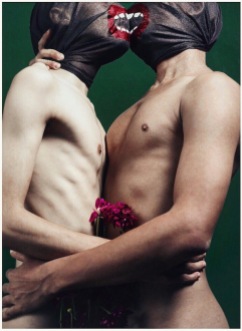











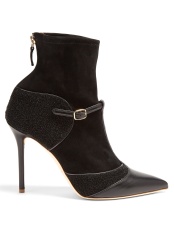



 Shoes by You Khanga.
Shoes by You Khanga.  Vintage agate and diamond earrings designed by her father Dinesh Jhaveri in the 1970s.
Vintage agate and diamond earrings designed by her father Dinesh Jhaveri in the 1970s.
 Lifestyle scape by Hay.
Lifestyle scape by Hay.

 Fjällräven
Fjällräven Ganni
Ganni



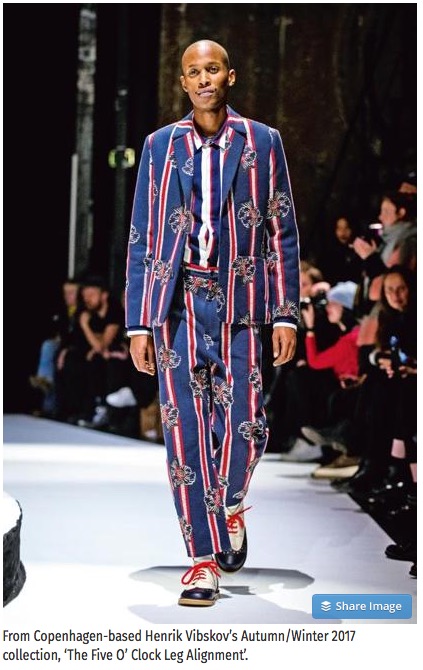
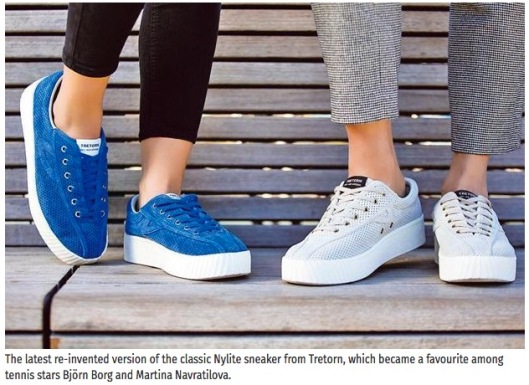

 RAINS
RAINS



